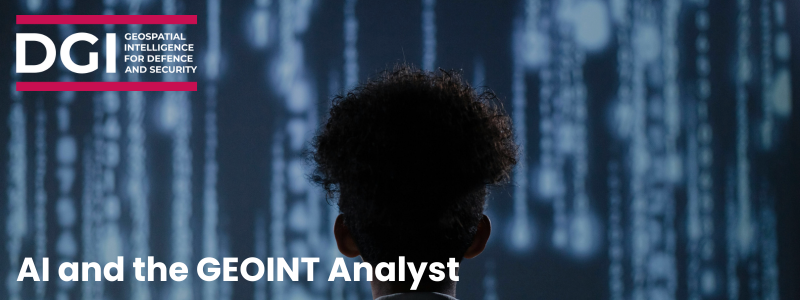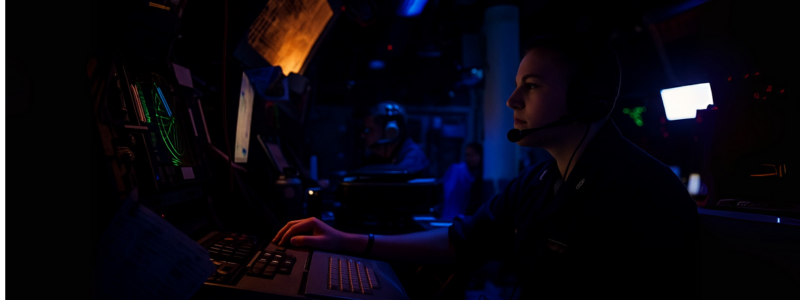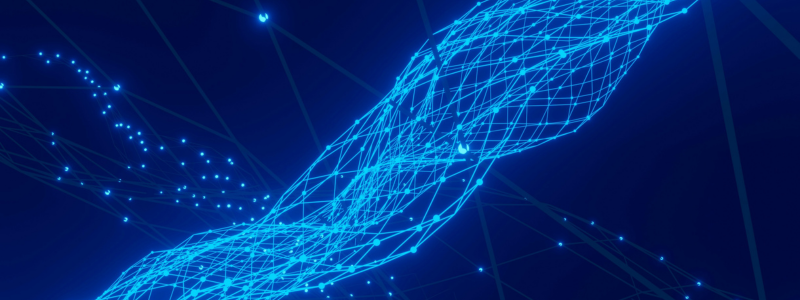AI and the GEOINT Analyst

It is clear that GEOINT analysis is entering a new phase. The National Geospatial-Intelligence Agency is now using AI so regularly that it has adopted a standard label for AI-generated intelligence: “machine-generated GEOINT” (Freedberg, 2025). What does this mean for the analyst?
To anticipate AI's impact on the GEOINT analyst, it helps to first look back at the history of geospatial intelligence. I have chosen to frame the past as a sequence of four epics, each shaped by conflict and technology.
The first epic, spanning over two centuries, centered on representing static features of the Earth. During this time, such as during the Napoleonic Wars and the U.S. Civil War, military organizations were rigid and hierarchical, and professionals relied on manual mapping and managing physical materials. This period laid the foundation for everything that followed.
The second epic emerged during the World Wars and extended through the Cold War. GEOINT evolved to emphasize the analysis of static features and events. Military structures became divisional, complexity increased, and by the end of the period, automation began to emerge. The focus was on creating detailed geospatial products to support massive operational planning efforts. This era demanded both context understanding, technical knowledge of GEOINT’s tools and innovative thinking.
The third epic was marked by conflicts such as Iraq and Afghanistan. The proliferation of near-real-time data shifted GEOINT toward the analysis of dynamic events. Complexity increased again. Organizational structures became matrixed, and analysts needed strong time-space reasoning and data manipulation skills. Activity-Based Intelligence accelerated human-machine teaming, with analysts working alongside increasingly capable systems.

We are now in the fourth epic, shaped by the unfolding lessons of the Ukraine war. The GEOINT analyst’s tradecraft is adapting to hybrid and asymmetrical warfare. The epic is defined by complex, networked environments and a drive toward seamless, integrated GEOINT capabilities. This requires pattern detection over both shorter and longer periods, as well as greater cross-cultural sensitivity as trusted communities shift and change. Advances in cyber tools, drones, and autonomous systems are accelerating. Artificial intelligence is now part of the human-machine team. Once again, the required skill set is evolving. Ingenuity, especially in how we select, integrate, and apply commercial technologies, has become as essential as traditional analytic skills.
So, what will the fifth epic look like? Niels Bohr once said, "Prediction is very difficult, especially about the future." While there is always risk in trying to forecast change, doing so can help us make better decisions and maintain a sense of control. In this epic, machines will reach levels of awareness, consciousness, and self-awareness nearly comparable to humans. Such a transformation in defense capabilities raises major ethical and practical questions about machine autonomy and its societal implications. The role of the GEOINT analyst will be redefined as profoundly as labor was during the Industrial Revolution. This is not just about adopting new tools; it is about fundamentally transforming roles, workflows, and the nature of GEOINT itself.
Historically, analysts focused on collecting and organizing geospatial data to describe what happened, understand why it happened, and ultimately predict what might happen next. In the coming epic, machines will perform these foundational tasks. Human analysts will shift into new roles as trainers, integrators, and explainers. Their responsibilities will include framing the right questions, interpreting machine outputs in context, identifying flaws or limitations in automated assessments, and applying ethical, strategic, and political judgment. Analysts will serve as intermediaries balancing machine efficiency with human insight.
To succeed in this new environment, GEOINT professionals will need an expanded skill set. Traditional knowledge of human and physical geography, geospatial technologies, and scientific reasoning remains essential, but must now be combined with technical fluency, prescriptive modeling, human-machine teaming, and the ability to align AI with human values and goals. In real terms, analysts are becoming appraisers, verifiers, prompters, and seekers or questers. Character traits like curiosity, inquisitiveness, and an inquiring mindset are important. Insightfully, Vice Admiral Whitworth adds humility to this set of traits (Freedberg, 2025). This requires trust between geospatial professionals and AI, built through education and practical experience.

Jobs will evolve. AI will reduce the need for routine manual analysis but will open new opportunities. Emerging roles may include model curators, trust and assurance specialists, and strategic advisors. The workforce will not shrink; it will shift. Organizations will flatten, collaboration will become more agile, and a culture of continuous learning and adaptation will become the norm.
Just as the Industrial Revolution led to the rise of technical schools, the fifth GEOINT epic will demand a reimagined educational system. The education and training establishment must emphasize systems thinking, adaptability, and human-machine interaction. It must embrace learning approaches that allow analysts to train as they will operate. This shift also impacts the qualities required of future educators and trainers.
For GEOINT educators and trainers, the challenge is to prepare analysts to work as part of a trusted human-machine team by experiencing how to frame problems, interpret outputs, and apply ethical and strategic judgment. For this, educators and trainers need to be proficient in case-based learning and simulations that expose students to the uncertainty and dynamics of real-world operations. They must also be able to leverage smart tutoring systems that personalize learning to adapt to each student’s strengths and weaknesses. Educators need the ability to cultivate traits such as curiosity, humility, and adaptability in their students, while ensuring they develop cross-disciplinary expertise in computer science, behavioral science, and modeling. Most importantly, educators themselves must stay current with evolving technologies and operational techniques.
Ultimately, this next epic will change how we perceive geospatial events and act. Just as the Industrial Revolution redefined production, the fifth epic will remake GEOINT. The greatest challenge will not be technical; it will be cultural. Future success will hinge on how well we prepare the next generation of GEOINT professionals.
Reference:
Freedberg Jr., S. J. (2025, June 5). ‘No human hands’: NGA circulates AI-generated intel, director says. Breaking Defense. https://breakingdefense.com/2025/06/no-human-hands-nga-circulates-ai-generated-intel-director-says/